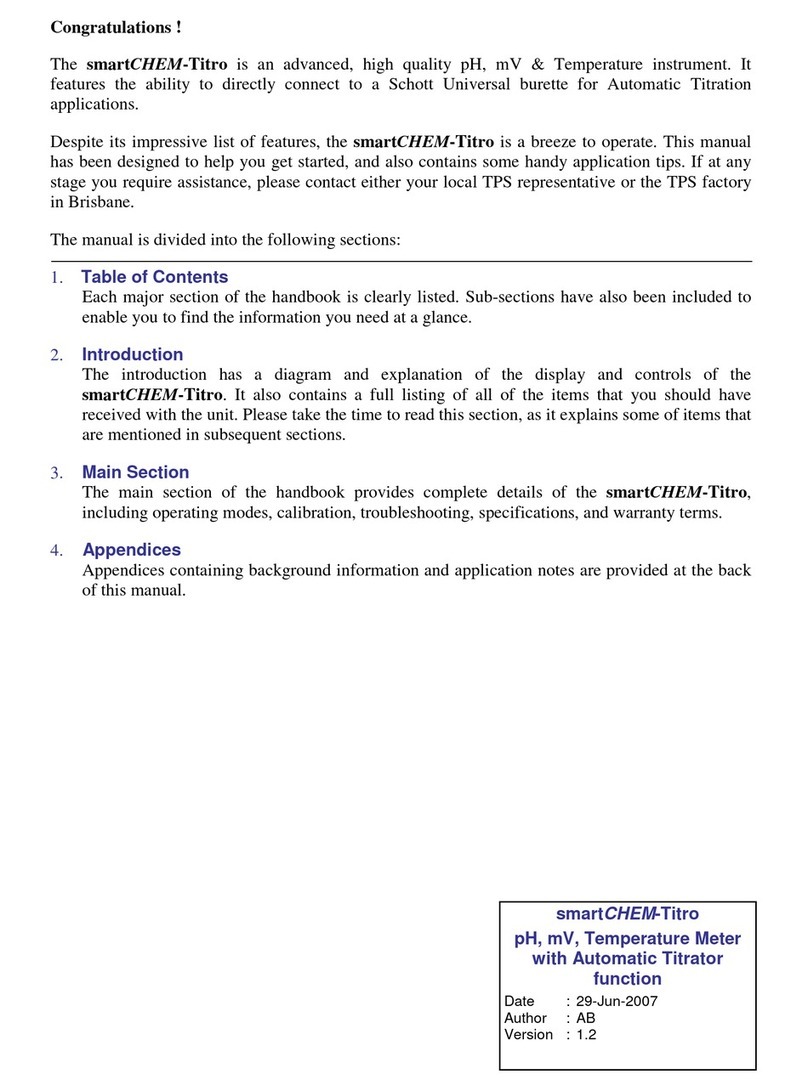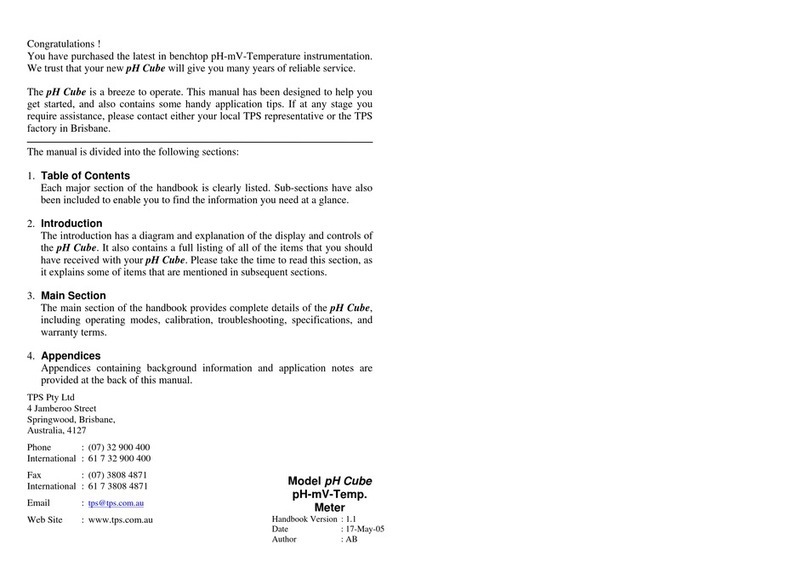
2
Contents
1
1.
Introduction ............................................................................................................................................. 4
1.1
90-FLMV Display and Controls ...................................................................................................... 4
1.2
90-FLMV Rear Panel Connectors.................................................................................................... 4
1.3
Menu and Function Keys ................................................................................................................. 5
1.4
One-touch Keys................................................................................................................................ 5
1.5
Numeric Keys .................................................................................................................................. 5
1.6
Delete Key........................................................................................................................................ 5
1.7
ON and OFF Keys............................................................................................................................ 5
1.8
80 Character Display........................................................................................................................ 5
1.9
Unpacking Information .................................................................................................................... 6
1.10
Specifications ................................................................................................................................... 8
2.
90-FLMV Menu Structure...................................................................................................................... 10
3.
Dissolved Oxygen Mode ...................................................................................................................... 11
3.1
Selecting Dissolved Oxygen Mode................................................................................................ 11
3.2
Dissolved Oxygen Calibration ....................................................................................................... 11
3.3
Dissolved Oxygen Calibration Notes............................................................................................. 13
3.4
Dissolved Oxygen Calibration Messages....................................................................................... 13
3.5
Dissolved Oxygen Stirrer............................................................................................................... 14
4.
Conductivity Mode ................................................................................................................................ 15
4.1
Selecting Conductivity Mode......................................................................................................... 15
4.2
Setting the Conductivity calibration standard ................................................................................ 15
4.3
Setting the Conductivity sensor k factor ........................................................................................ 15
4.4
Conductivity Calibration................................................................................................................ 16
4.5
Conductivity Calibration Notes...................................................................................................... 17
4.6
Conductivity Calibration Messages ............................................................................................... 17
5.
TDS Mode............................................................................................................................................... 18
5.1
Selecting TDS Mode...................................................................................................................... 18
5.2
Setting the Conductivity sensor k factor ........................................................................................ 18
6.
Salinity Mode ......................................................................................................................................... 19
6.1
Selecting Salinity Mode ................................................................................................................. 19
6.2
Setting the Conductivity sensor k factor ........................................................................................ 19
7.
pH Mode ................................................................................................................................................. 20
7.1
Selecting the pH Buffer Set............................................................................................................ 20
7.2
pH Calibration................................................................................................................................ 21
7.3
pH Calibration Notes...................................................................................................................... 22
7.4
pH Calibration Messages ............................................................................................................... 23
8.
ORP Mode .............................................................................................................................................. 24
8.1
ORP Measurements........................................................................................................................ 24
9.
Temperature Mode................................................................................................................................ 25
9.1
Temperature Calibration ................................................................................................................ 25
9.2
Temperature Calibration Notes ...................................................................................................... 26
9.3
Calibration Messages ..................................................................................................................... 26
9.4
Manual Temperature Setting.......................................................................................................... 26
10.
Good Laboratory Practices (GLP)................................................................................................... 27
10.1
To recall GLP information on the display...................................................................................... 27
10.2
Failed Calibration........................................................................................................................... 28
10.3
Printing GLP Information to the RS232 Port................................................................................. 28
10.4
Instrument Serial Number .............................................................................................................. 29
10.5
Additional GLP Features................................................................................................................ 29
11.
Data logging ...................................................................................................................................... 30






























